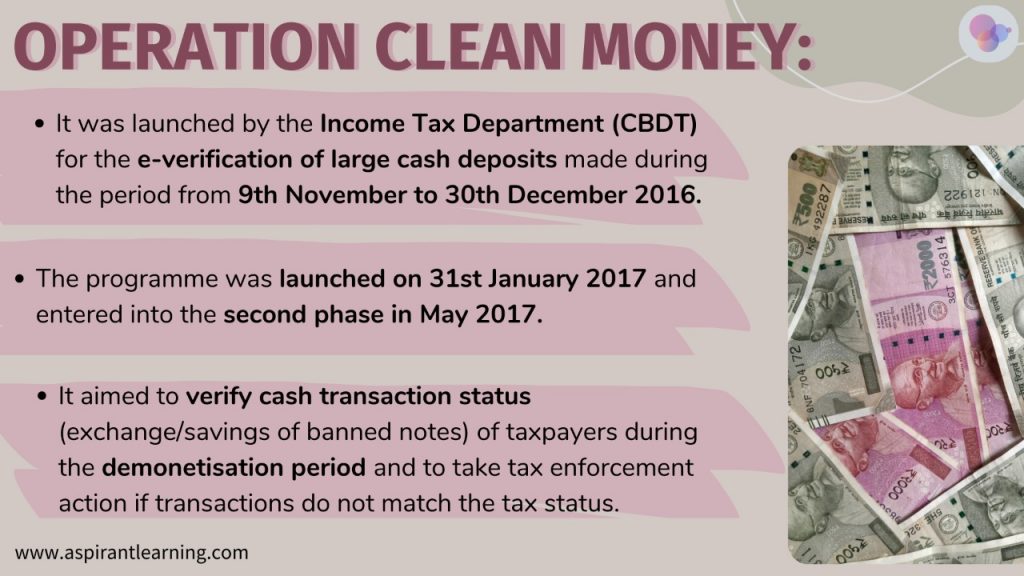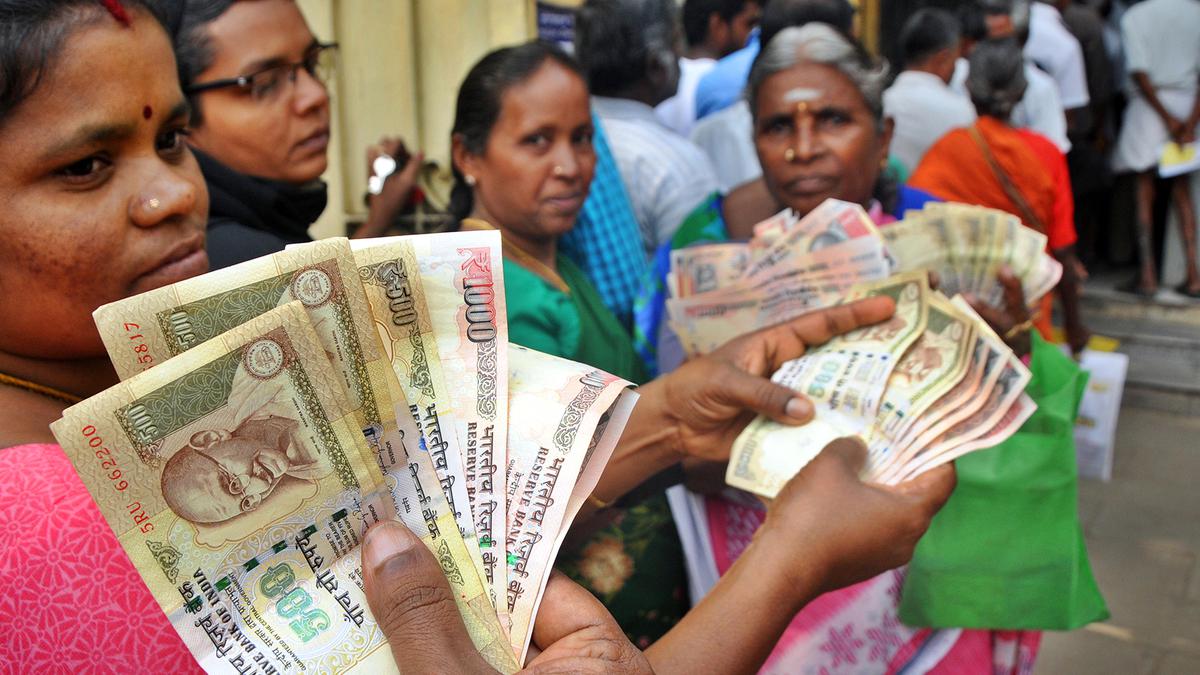News highlights:
A majority of four judges on a Constitution Bench of the Supreme Court on Monday found no flaw in the Demonetisation of ₹500 and ₹1000 banknotes through a gazette notification issued on November 8, 2016.
Key features of SC findings:
- Five-member Bench:
- Out of 5 member bench, the sole woman judge, Justice B.V. Nagarathna, disagreed with the majority, saying the government’s notification issued under Section 26(2) of the Reserve Bank of India (RBI) Act was unlawful.
- But Justice B.R. Gavai, delivering the judgment for the majority, which included Justices S. Abdul Nazeer, AS Bopanna, V. Ramasubramanian, said the statutory procedure under Section 26(2) was not violated merely because the Centre had taken the initiative to “advise” the Central Board to consider recommending demonetisation.
- Justice Nagarathna said the government could have issued a notification under Section 26(2) only if the Central Board of the RBI had initiated the proposal to demonetise a specified series of banknotes by way of a recommendation. In 2016, the government initiated the demonetisation, not the Central Board.
Demonetisation:
- About:
- It is stripping a currency unit of its status as legal tender. It occurs whenever there is a change of national currency, and the current form or forms of money are pulled from circulation and retired, often to be replaced with new notes or coins.
- Objectives:
- To discourage the use of high-denomination notes for illegal transactions and thus curb the widespread use of black money.
- To encourage the digitisation of commercial transactions, formalise the economy, and boost government tax revenues.
- The formalisation of the economy means bringing companies under the government’s regulatory regime and subject to manufacturing and income tax laws.
Outcomes of the exercise:
- Black money:
- Among those targets, the biggest was tackling black money.
- Black money refers to cash not accounted for in the banking system or cash for which tax has not been paid to the state.
- According to RBI data, almost the entire chunk of money (more than 99 per cent) invalidated came back into the banking system.
- Of the notes worth Rs 15.41 lakh crore that were invalidated, notes worth Rs 15.31 lakh crore were returned.
- Thus, data suggest that demonetisation was a failure in unearthing black money in the system. Meanwhile, instances of black money seizures continue.
- Fake Notes:
- RBI’s annual report submitted that Rs.15.44 lakh crore worth of currency was demonetised.
- The withdrawn money amounted to 86.4% of the currency in circulation. Only Rs.16,000 crore out of the Rs.15.44 lakh crore was not returned.
- Only 0.0027% of the fake currency was “captured” following demonetisation.
- Digitisation of the economy:
- As per the RBI report, demonetisation has made India a lesser cash-based economy.
- In the initial days of trouble conducting business in the face of an acute cash crunch, more and more entities had to shift to digital to do business.
- After the return of the cash, the growth in digital payment had been modest.
- Supported in the Pandemic:
- The creation of digital infrastructure post-demonetisation helped India cope with the pandemic.
- As the tools for faceless transactions were mainly in place, it became easier to move towards contactless transactions.
Major Issues associated:
- No separate Acts:
- Demonetisation in 1946 and 1978 were implemented through separate Acts debated by Parliament.
- In 2016, it was done through a mere notification issued under provisions of the Reserve Bank of India Act, 1934.
- Central Bank Statement:
- The Central Board of the RBI approved the scheme but also rejected, in writing, two of the critical justifications — black money and counterfeit notes.
- Issues faced by citizens:
- 11 crore people stood in the queue to change their money.
- The farming community was at a loss. It was sowing season.
- Wholesale markets shut down. Prices crashed. Retail saw a “calamitous” drop in sales.
- Industry halted, and 15 crore daily labourers were left without work.
- Some say demonetisation broke the back of the rural economy where cash was dominated and disrupted supply chains.
- It is estimated that 1.5 million jobs were lost.

Conclusion:
- Demonetisation was an expeditious move to boldly counter the black money and parallel economy (illegal economy, such as money laundering, smuggling, etc.) threat with a visible impact on how the government’s policies are perceived in international circles of economic power.
- This move by the government achieved more considerable significance for a globally connected India as it showed boldness in tackling an issue which has remained a thorn in the growth success story of this generation.
Pic Courtesy: The Hindu
Content Source: The Hindu



